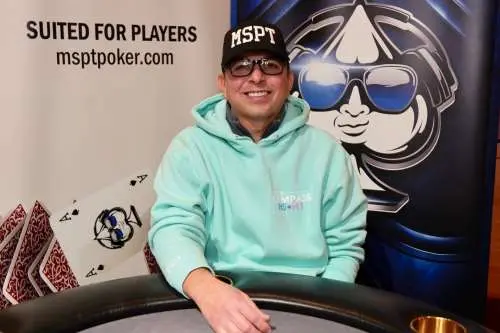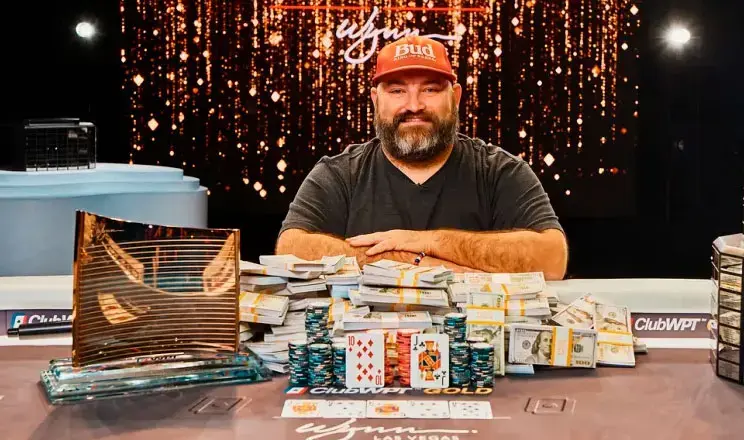Daniel Negreanu and Shaun Deeb are some of the most talented poker players that often take part in the World Series of Poker (WSOP) Player of the Year (POY) race. They have thousands of fans from all over the world. Also, points leaderboards such as the Super High Roller Bowl Europe that Phil Ivey won increase competition.
Still, payout structures catch the attention of players such as Allen Kessler. But many poker diehards don't know how tournament organizers devise payout structures and POY races. Thomas "TomSki" Sanduski has designed about 15 percent of the WSOP's payout structures, and he co-founded the Zimmerle-TomSki POY Method.
Where "TomSki" Originated
Sanduski was born and grew up in Omaha, Nebraska, and later moved to Las Vegas in 1985. He excelled at track events in school and was declared the state's champion in 1979 after he ran a mile in 4:22. The 60-year-old poker formula expert enrolled at the University of Oklahoma to pursue a Bachelor of Science Degree in computer science.
He stated that he relocated to Reno a year before he moved to Vegas. Then, the Las Vegas Hilton Superbook hired him in 1988 when it launched, and Sanduski started working for a slot machine manufacturer in late 1990. He wrote a column in Poker Digest magazine called "TomSki."
Sanduski learned to play poker in 1977, and he faced several track buddies in high school as a sophomore. He immediately loved the game and often read poker strategy books. At times, the formula expert followed available coverage on the WSOP Main Event.
His friends nicknamed him Bobby "The Owl" Baldwin, and he relocated to Nevada after graduating. He occasionally played $3 to $6 limit hold'em in the evening and later upgraded to the $10 to $20 limit. Sanduski started earning more from poker than his regular job and resigned from the Hilton to concentrate on poker.
He played professional poker for nine years as no-limit started gaining popularity in 2000 after the invention of online poker. Sanduski played several tournaments after shifting to no-limit hold'em.
Player of the Year's Strange Facts
Math is involved in any POY race or points leaderboard. Sanduski stated that a perfect POY formula has to Balance buy-in, placement, and field size.
Still, all POY formulas that renowned poker venues use have a few errors, including undervalued top five percent finishes at large fields, overvalued min-cashes, and overvalued wins or buy-ins.
Some formulas have buy-ins and field size caps or rated events as they are usually unable to handle high buy-ins and outlier poker events having huge fields.
Robert Zimmerle and Sanduski formed a POY formula that doesn't need caps, and it precisely rates tournament performance compared to other existing POYs. They called it the Zimmerle-TomSki POY Method, and it considers big field events and buy-in events' outlier effects.
Sanduski explained that Chris Ferguson topped the 2017 WSOP POY with 23 cashes and later got a bracelet in the WSOP's European leg. At that time, the WSOP formula gave out 23 percent of points given to each win in the 600 entrants field up to a min-cash 90th position finish. Even so, poker pros like Negreanu claimed the many were too much for a min-cash.
Sanduski's Opinion About Poker Payouts
In the past, payouts favored tournament winners. For instance, a 1985 WSOP $1,000 buy-in event paid nine places despite having 342 entrants.
Some of them complained, and tournaments started paying about 23 percent of their entrants after several years. Sanduski claims that an efficient payout formula should pay at least 15 percent of the field.




